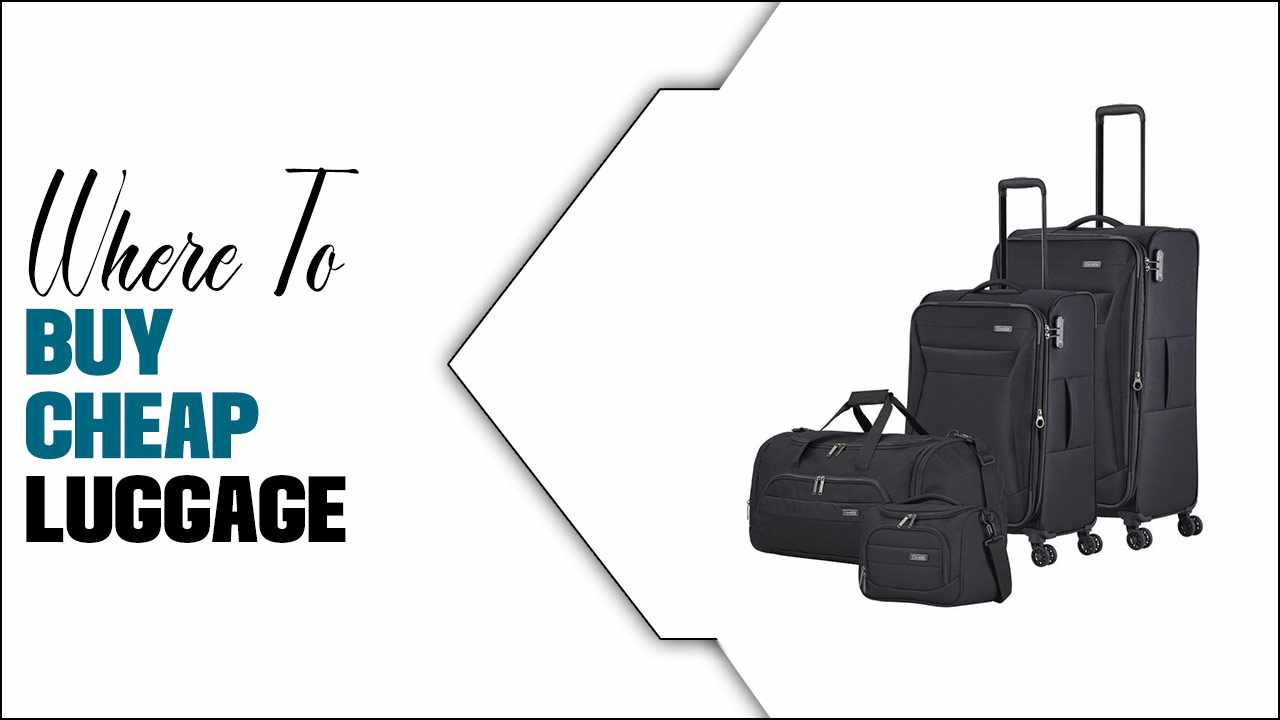While Baja California offers incredible experiences, a small percentage of areas warrant caution. Travelers can enjoy its beauty by understanding which zones to approach with extra awareness and knowing the numerous safe and welcoming havens available for a worry-free trip.
Baja California, Mexico, paints a picture of sun-drenched beaches, vibrant culture, and stunning desert landscapes. Many travelers dream of exploring its diverse regions, from the lively streets of Ensenada to the tranquil shores of La Paz. However, like any popular travel destination, it’s wise to be informed. Navigating concerns about safety can sometimes feel overwhelming, but understanding which areas might present challenges and, more importantly, knowing where to find peace and security is key to a truly enjoyable adventure. This guide is designed to help you travel with confidence, focusing on practical insights and highlighting the many wonderful, safe environments Baja California has to offer. Let’s get you ready for an amazing, stress-free journey.
Frequently Asked Questions
Which cities in Baja California are generally considered the safest for tourists?
Cities like La Paz, Loreto, and Todos Santos are consistently recognized for their safety and laid-back atmosphere, making them excellent choices for tourists seeking a secure and relaxing experience.
Are there specific border areas in Baja California that tourists should be more cautious about?
While border crossings are generally routine, it’s always prudent to remain aware when crossing into Mexico. Staying on main highways and avoiding nighttime travel through less populated border zones can enhance security.
What simple safety precautions can I take daily in Baja California?
Basic precautions include staying aware of your surroundings, not displaying excessive wealth, keeping valuables secure, avoiding solitary late-night walks in unfamiliar areas, and informing someone of your general itinerary.
How can I stay informed about current safety conditions in Baja California?
Regularly checking the U.S. Department of State’s travel advisories for Mexico, consulting with your hotel or reliable local contacts, and staying updated via reputable news sources are good practices.
Are popular tourist beaches in Baja California generally safe?
Yes, most popular tourist beaches are very safe. Common sense precautions like not leaving belongings unattended while swimming still apply, but these areas are typically well-patrolled and welcoming.
What should I do if I encounter an emergency in Baja California?
In case of an emergency, dial 911 for immediate assistance. It’s also helpful to have the contact information for your country’s embassy or consulate readily available.
Is it safe to drive in Baja California?
Driving in Baja California is generally safe, especially on toll roads (cuotas) and main highways. It’s advisable to drive during daylight hours, keep doors locked, and avoid remote or unpaved roads, particularly at night.
Exploring Baja California: Navigating Potential Pitfalls & Finding Your Perfect Oasis
Baja California, a paradise peninsula stretching between the Pacific Ocean and the Sea of Cortez, beckons with its diverse landscapes and rich culture. From windswept deserts to the vibrant underwater world, it offers something for every traveler. While the vast majority of experiences here are wonderful and safe, like any destination, it’s smart to be informed about areas that may require extra caution. Understanding these nuances allows you to plan with confidence, ensuring your journey is filled with unforgettable moments, not unnecessary worries. This guide is crafted to simplify that understanding, focusing on how to navigate thoughtfully and highlighting the many secure and welcoming havens the peninsula generously offers.
Understanding Areas Requiring Extra Awareness
The Mexican government and various travel advisories, such as those from the U.S. Department of State, periodically provide information regarding safety conditions across different regions of Mexico, including Baja California. It’s important to note that these advisories are often general and can change, so always check the latest information before your trip. For Baja California, concerns tend to be localized and not representative of the entire peninsula.
Border Regions and Immediate Crossings
While crossing the border into Mexico, whether at Tijuana or Mexicali, is a common and necessary step for many travelers, these areas can sometimes be subject to higher levels of transient activity and potential petty crime. These are busy hubs, and like any high-traffic zone, vigilance is key.
- Tijuana: As a major port of entry, Tijuana is a bustling metropolis with a vibrant nightlife and cultural scene. However, some areas on the outskirts or less tourist-centric neighborhoods can experience higher crime rates. Staying within well-lit, populated areas, especially after dark, is advised.
- Mexicali: Similar to Tijuana, Mexicali is another significant border city. Its reputation is generally tied to its role as a border crossing and commercial center. Travelers should exercise caution in less developed areas and be aware of their surroundings, especially at night.
The primary advice for these border cities is to minimize time spent in undeveloped or unfamiliar districts, especially after sunset. Opt for well-known routes and accommodations and be mindful of your personal belongings.
Distinguishing Peninsula from Mainland Concerns
It’s crucial to differentiate between Baja California (the peninsula) and mainland Mexico. Many travel advisories that might mention broader safety concerns for Mexico often refer to states on the mainland, far from the Baja California peninsula. The peninsula’s relative isolation and distinct geography mean that issues present in other parts of Mexico may not directly impact Baja California.
For instance, reports of cartel-related violence or extensive drug trade issues primarily affect specific regions on the Mexican mainland. Baja California, particularly its popular tourist destinations, has historically been much safer for visitors.
Internal Travel Considerations
When traveling between cities within Baja California, sticking to major, well-maintained toll roads (known as “cuotas”) is generally the safest option. These roads are typically patrolled and in better condition. Unpaved or poorly lit rural roads, especially those off the main routes, might be less safe due to potential encounters with individuals involved in illicit activities or simply due to isolation.
Some sources have noted that certain remote stretches of highway, particularly those less frequented by tourists, may present risks. It’s wise to travel during daylight hours and avoid stopping in isolated areas unless necessary.
General Travel Safety Tips for Any Destination
Regardless of the specific location, applying universal travel safety practices is paramount:
- Situational Awareness: Always be aware of your surroundings.
- Valuables: Don’t flash expensive jewelry or large amounts of cash. Keep money and important documents secure. Consider travel wallets or money belts.
- Transportation: Use reputable taxi services or ride-sharing apps. If renting a car, ensure it’s in good condition and keep it locked.
- Night Travel: Avoid walking alone in unfamiliar areas after dark. Stick to well-lit, populated streets.
- Information: Share your itinerary with a trusted person back home and check in regularly.
Essential Safe Havens: Baja California’s Welcoming Destinations
The good news is that the vast majority of Baja California is a safe, welcoming, and breathtakingly beautiful place for travelers. Many destinations on the peninsula are renowned for their safety, friendly locals, and well-established tourist infrastructure. Focusing on these areas ensures a relaxing and enjoyable experience.
La Paz: A Tranquil Paradise
Located on the Sea of Cortez, La Paz is the capital of Baja California Sur and consistently ranks as one of the safest cities in Mexico. It offers a more authentic and relaxed vibe compared to some of the more resort-heavy towns.
- Why it’s safe: La Paz has a strong community feel and a robust local economy driven by tourism and fishing, which encourages a generally peaceful environment. Crime rates are low, especially in tourist areas.
- What to do: Enjoy the Malecón (boardwalk), swim with whale sharks (seasonally), explore nearby beaches like Balandra and Tecolote, and go snorkeling or diving in the crystal-clear waters. For families or individuals needing extra comfort and security, consider packing discreet adult or child diapers for peace of mind during extended excursions or travel days.
Loreto: Historic Charm and Serenity
Nestled between the Sierra de la Giganta mountains and the Sea of Cortez, Loreto is Baja California Sur’s first Spanish colonial capital. It’s a designated “Pueblo Mágico” (Magic Town), highlighting its cultural and historical significance.
- Why it’s safe: Loreto is known for its immense tranquility and strong sense of protected heritage. Its small size and community-oriented nature contribute to its high safety perception.
- What to do: Visit the historic Mission Nuestra Señora de Loreto Conchó, explore the islands of the Loreto Bay National Marine Park (a UNESCO World Heritage site) for incredible wildlife viewing, and enjoy the quiet, beautiful beaches.
Todos Santos: Artistic Escape
Located on the Pacific coast, Todos Santos is a charming arts community and another popular Pueblo Mágico. It offers a bohemian atmosphere, beautiful beaches, and a relaxed pace of life.
- Why it’s safe: This town has cultivated a reputation for being welcoming and artistically vibrant, attracting a diverse international community. It’s generally very safe for tourists, with a focus on community and creativity.
- What to do: Browse art galleries, enjoy farm-to-table dining, explore local boutiques, and witness stunning Pacific sunsets. The beaches here can have strong currents, so always heed local warnings.
Ensenada: Coastal Vibrancy
As a major port city in northern Baja California, Ensenada is a popular destination for cruises and day-trippers from Southern California. While it’s a larger city, its primary tourist zones are well-managed and generally safe.
- Why it’s safe: The waterfront and downtown areas, where most tourists spend their time, are bustling and have a visible presence of tourism police. It’s a lively city that enjoys a strong influx of visitors.
- What to do: Visit the famous La Bufadora blowhole, explore the wine region of Valle de Guadalupe nearby, enjoy fresh seafood, and stroll along the waterfront.
Los Barriles and El Sargento: Laid-back Living
On the eastern side of the southern Baja peninsula, facing the Sea of Cortez, these adjacent small communities are popular among expatriates and those seeking a laid-back, active lifestyle, particularly for wind sports.
- Why it’s safe: The community here is tight-knit and largely comprised of residents and return visitors who value the peace and quiet. It’s considered a very safe and friendly place.
- What to do: Perfect for windsurfing, kiteboarding, fishing, and enjoying the tranquil desert-meets-sea scenery.
Connectivity and Emergency Preparedness
Regardless of where you stay, maintaining good communication is important for safety. Consider purchasing a local SIM card or ensuring your international roaming plan is set up before you travel. Staying connected allows you to easily access maps, translate information, and contact emergency services if needed.
For peace of mind, especially when traveling with children or individuals who may require additional personal care, discreet and absorbent products like adult protective underwear or child training pants can be invaluable. Having these readily available ensures comfort and dignity throughout your travels, allowing everyone to focus on the adventure. These can be packed in your luggage or purchased upon arrival if supplies run low.
Essential Travel Tips for Safe Exploration
To ensure your Baja California adventure is as smooth and secure as possible, integrate these practical tips into your planning and daily activities.
1. Thorough Planning and Research
- Check Travel Advisories: Always consult the latest travel advisories from your home country’s government. For U.S. citizens, the U.S. Department of State website provides detailed information by state.
- Book Reputable Accommodations: Choose hotels, resorts, or vacation rentals with good reviews and established reputations. Look for properties in well-populated tourist areas.
- Understand Local Laws: Familiarize yourself with local customs and laws to avoid unintended issues.
Accommodation Types & Safety Considerations
| Accommodation Type | Typical Tourist Areas | Safety Focus |
|---|---|---|
| Resorts & Hotels | Cabo San Lucas, San José del Cabo, La Paz waterfront | Often gated, security on-site, well-established services. |
| Boutique Hotels & Inns | Todos Santos, Loreto, La Paz | Smaller scale, often locally owned, can offer personalized security insights. |
| Vacation Rentals (Airbnb, etc.) | Widespread | Varies greatly; check reviews carefully for security mentions and location. |
2. Smart Transportation Choices
- Stick to Toll Roads (Cuotas): When driving between cities, prioritize toll roads. They are generally safer, better maintained, and have services available. You can often find maps of toll roads online from official sources like Mexico’s highway authorities.
- Daylight Driving is Key: Whenever possible, travel between destinations during daylight hours. This allows you to see the road clearly and avoid potential hazards.
- Reputable Taxis & Ride Shares: Use official airport taxis or well-regarded taxi stands in town. Ride-sharing apps are available in larger cities like Tijuana and La Paz.
- Rental Cars: If renting a car, use well-known companies and inspect the vehicle thoroughly. Keep it locked and avoid leaving valuables visible inside.
3. Personal Safety and Awareness
- Secure Your Valuables: Use a money belt or a secure pouch for cash, credit cards, and identification. Don’t carry large amounts of money unnecessarily.
- Be Mindful of Your Surroundings: Pay attention to who is around you, especially in crowded places or when using ATMs. Trust your instincts; if a situation feels uncomfortable, remove yourself from it.
- Limit Alcohol Consumption: Excessive drinking can impair judgment and make you a more vulnerable target.
- Stay Connected: Ensure your phone is charged and consider getting a local prepaid SIM card for affordable calls and data. Share your travel plans with someone back home.
4. Cultural Respect and Interaction
- Learn Basic Spanish Phrases: Knowing a few basic phrases can go a long way in facilitating communication and showing respect.
- Polite Interaction: Most locals are friendly and helpful. Approach interactions with politeness and respect.
- Avoid Risky Situations: Be wary of overly friendly strangers offering unsolicited “help” or inviting you to secluded areas.
5. Health and Comfort Solutions
Travel should be comfortable for everyone. For families or individuals managing incontinence, especially during long travel days or excursions, discreet products can make a significant difference. Having reliable adult diapers or child-appropriate protective underwear readily available ensures a stress-free experience, allowing everyone to fully participate in the joys of exploration without worry. These can be packed strategically in carry-on or checked luggage.
Embrace Baja California with Confidence
Baja California is a destination rich in natural beauty and vibrant experiences, offering countless opportunities for adventure and relaxation





